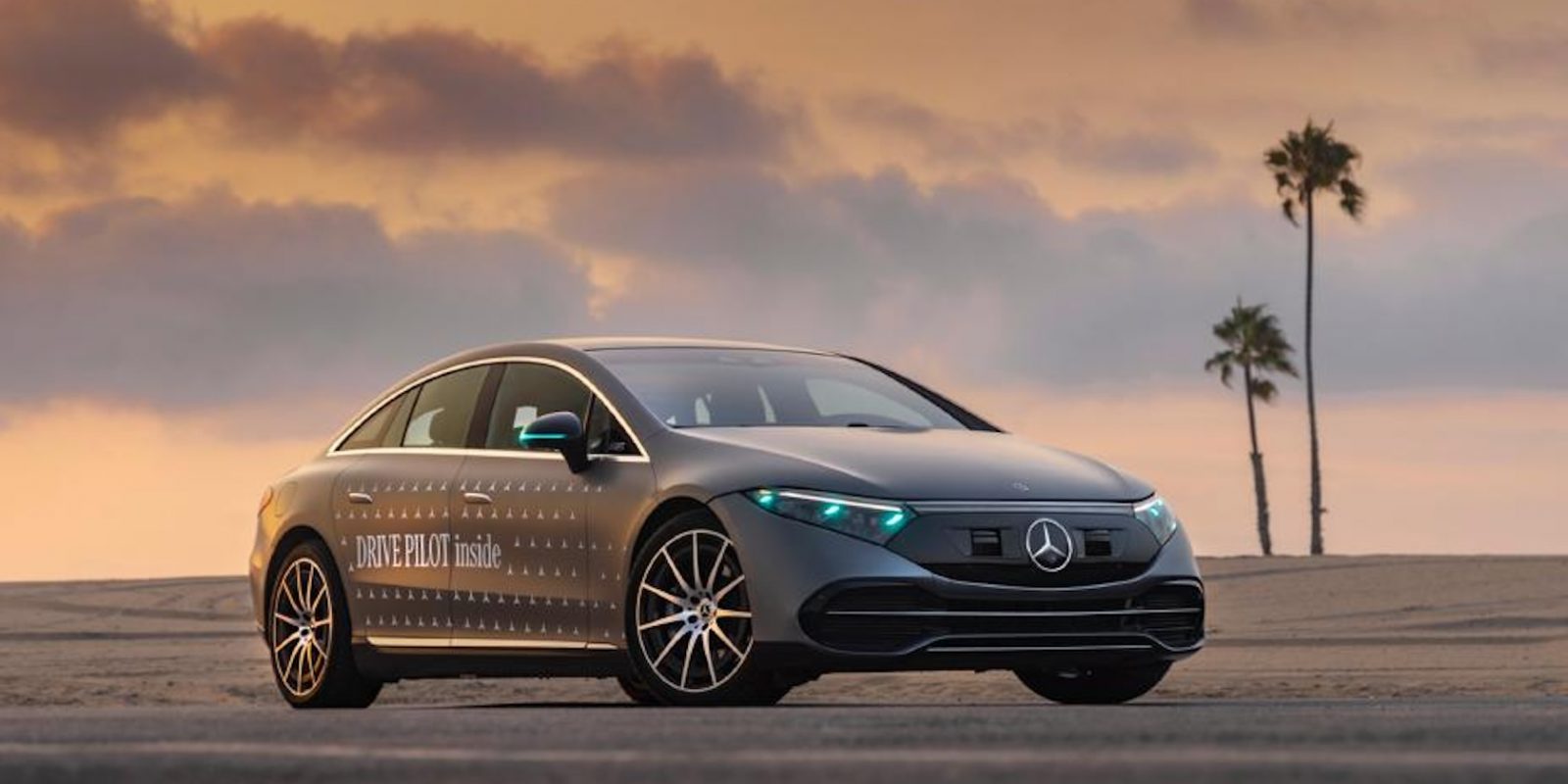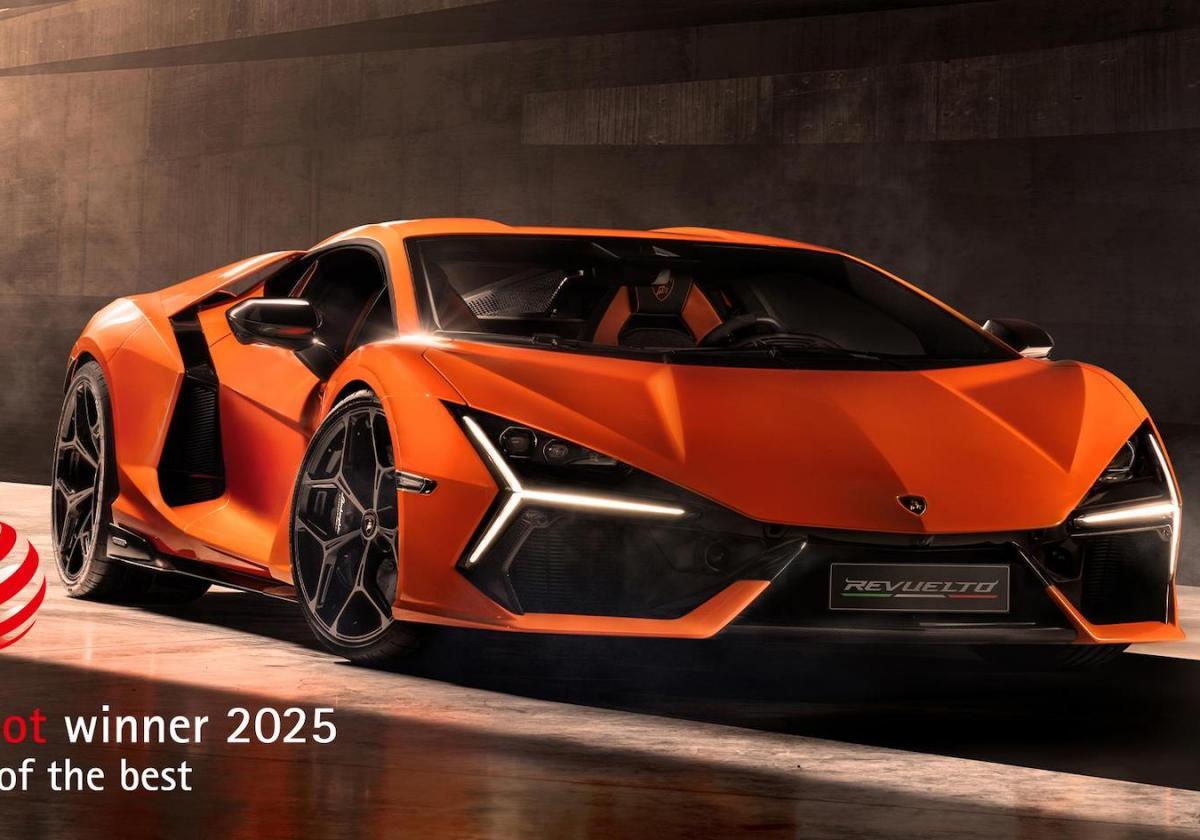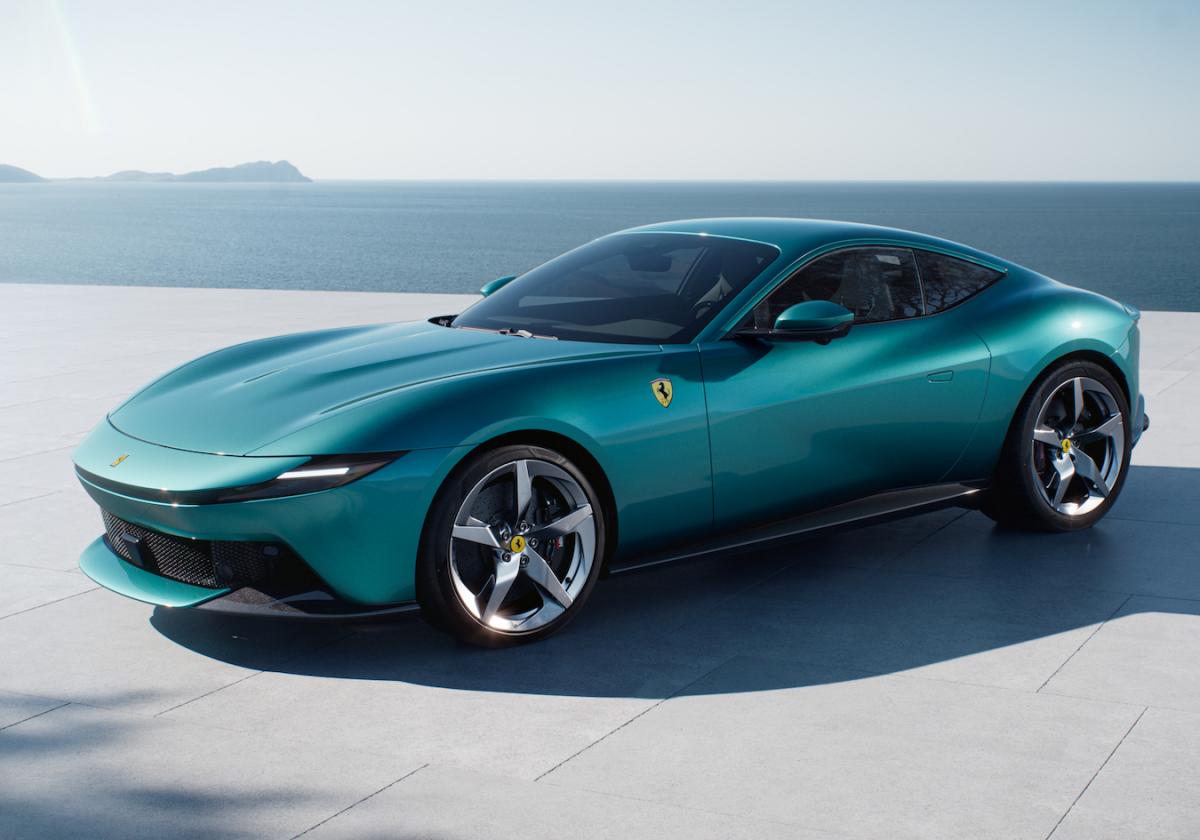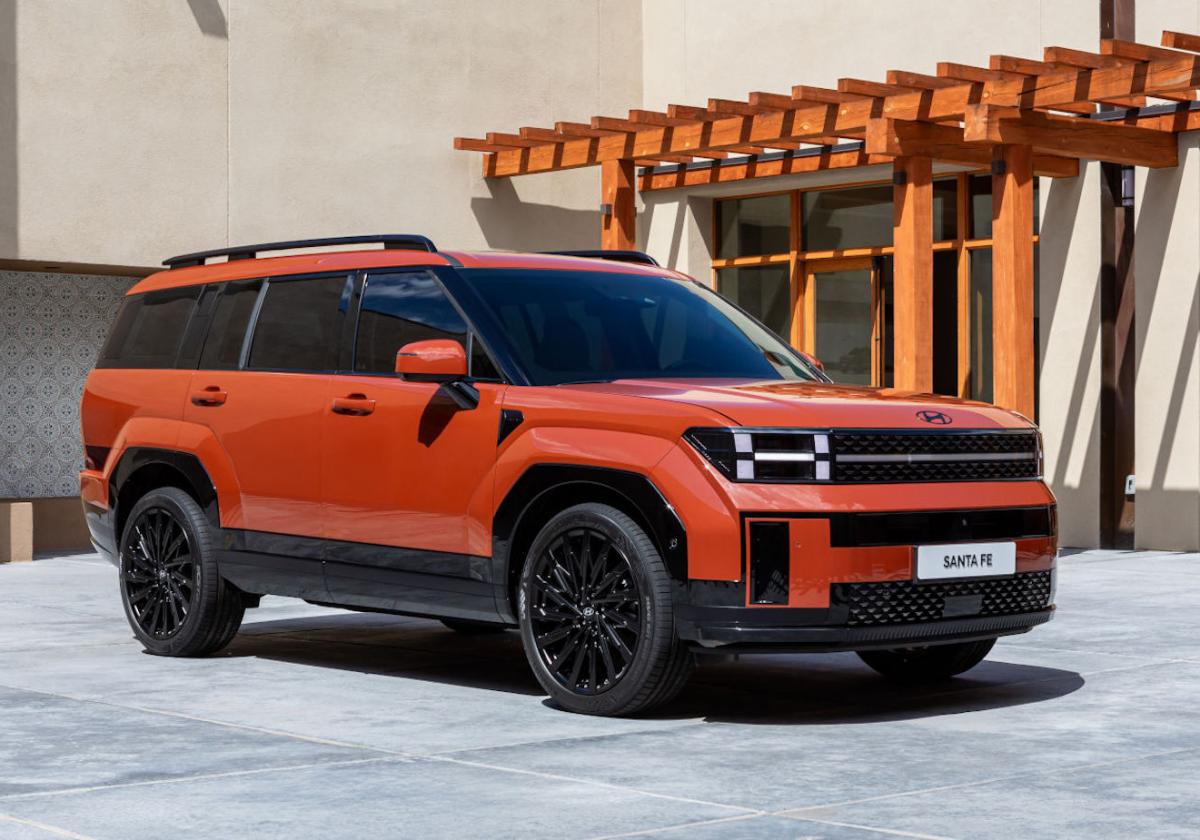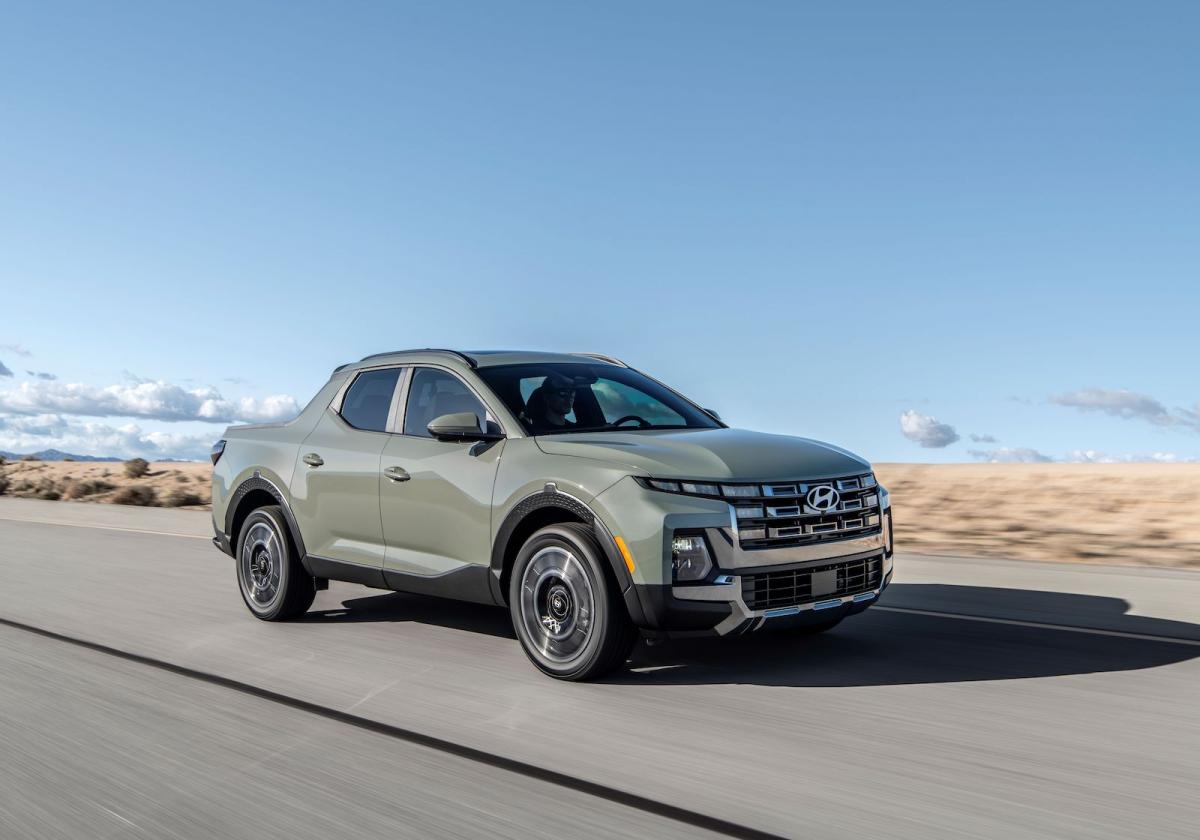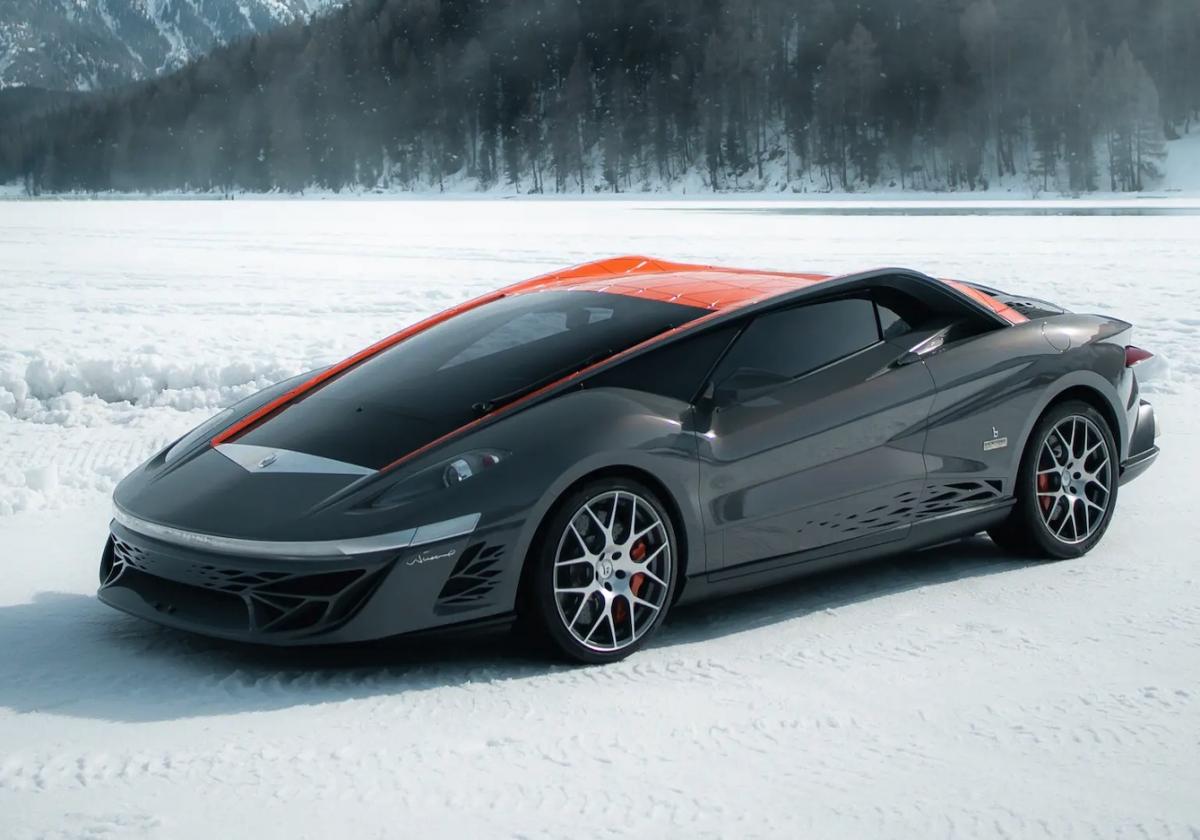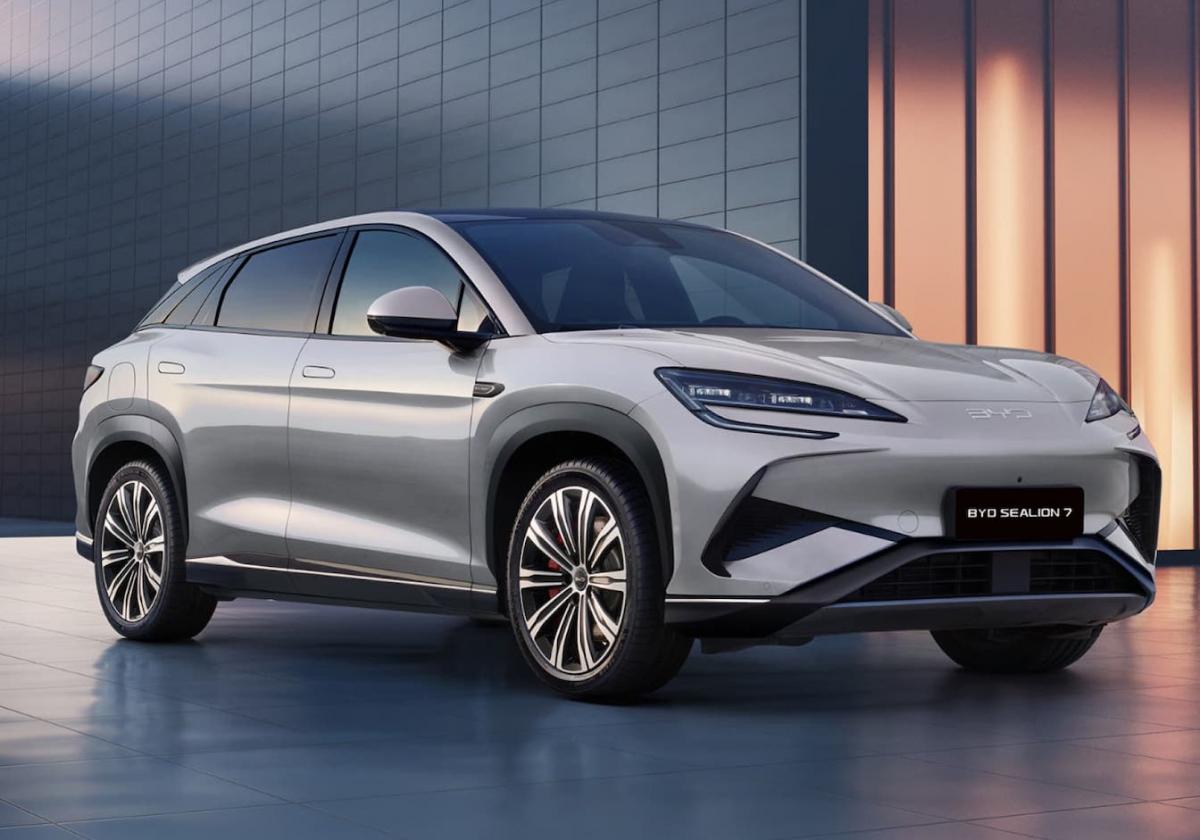Mercedes-Benz recently became the first automaker to receive permits for special exterior marker lights indicating when vehicles are in automated driving mode. The permits apply in California for testing purposes and in Nevada for 2026 production vehicle models equipped with the Mercedes DRIVE PILOT self-driving system.
The turquoise-colored lights are integrated into the front, rear, and side mirror lights to clearly signal when DRIVE PILOT or another automated system is activated. This visual indicator serves multiple purposes – allowing police and other road users to quickly identify self-driving mode, enhancing public acceptance of the technology, and contributing to overall road safety.
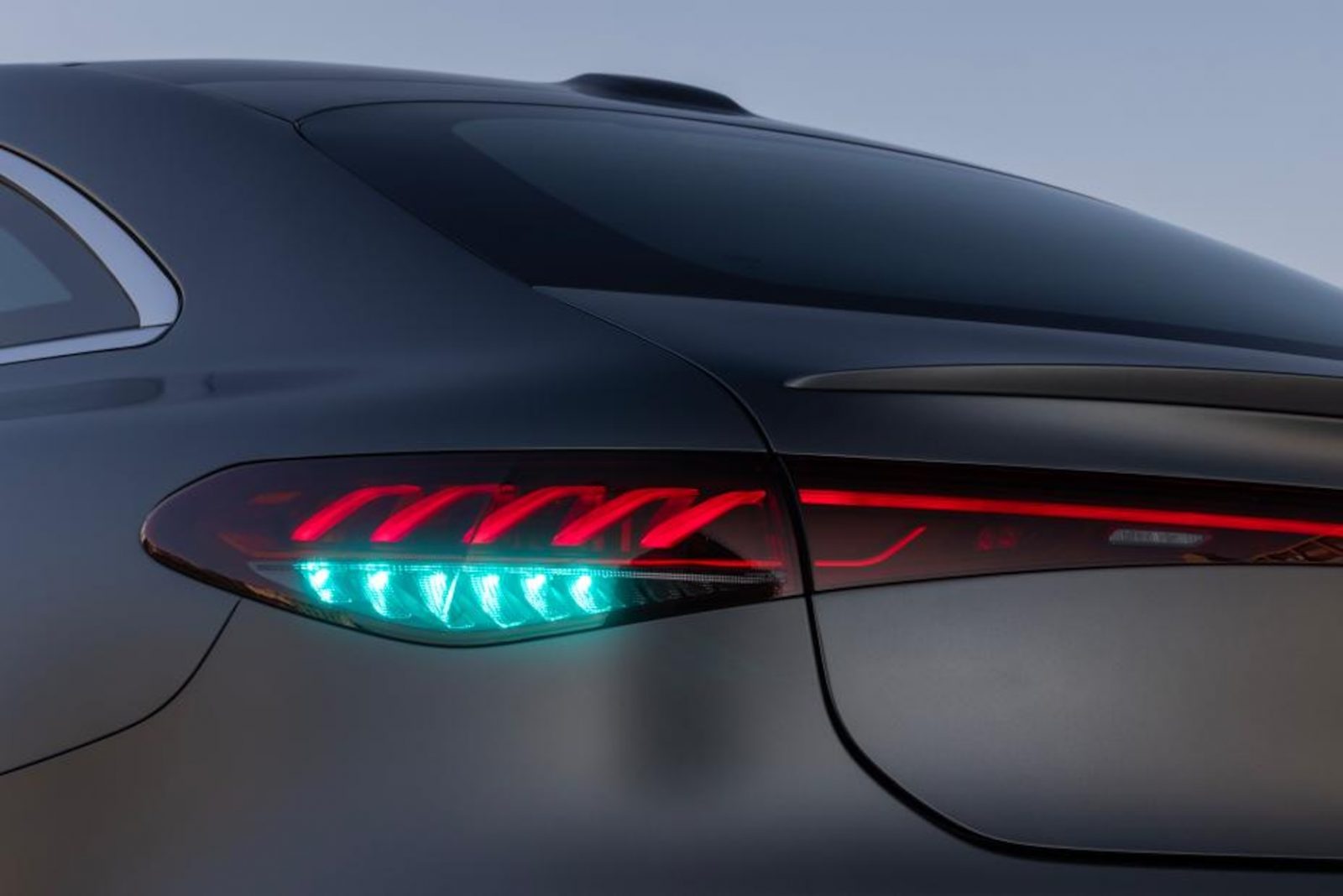
The DRIVE PILOT system itself is notable for being the first internationally SAE Level 3 certified automated driving system. It initially launched in Germany in 2021 before receiving approvals in Nevada and California in 2023. Low-volume DRIVE PILOT-equipped vehicles have already begun on-road testing in the United States.
Mercedes chose the specific turquoise hue based on visibility, differentiation from existing vehicle signals, and test studies showing turquoise provided optimal physiological and psychological indicators over other color options. The lighting concept was developed collaboratively across safety, engineering, legal, ethics, and compliance teams.
Beyond the current approvals, Mercedes hopes to standardize turquoise as the global visual signal for automated driving. The lack of frameworks in most countries demonstrates the early stages of regulating self-driving vehicle communication protocols. By being the first mover, Mercedes has an opportunity to set the standard in this emerging space.
Other automakers looking to deploy self-driving technology should strongly consider adopting the turquoise automated driving lights based on the notable benefits outlined. Visual communication remains critical even as vehicles gain autonomous capabilities. Efforts to standardize signals across brands will only enhance public understanding and trust in the technology as it progresses. Mercedes’ proactive efforts serve as a model approach that the broader industry would be wise to emulate.

